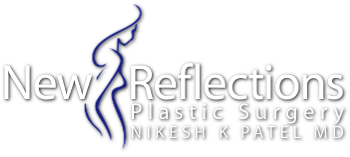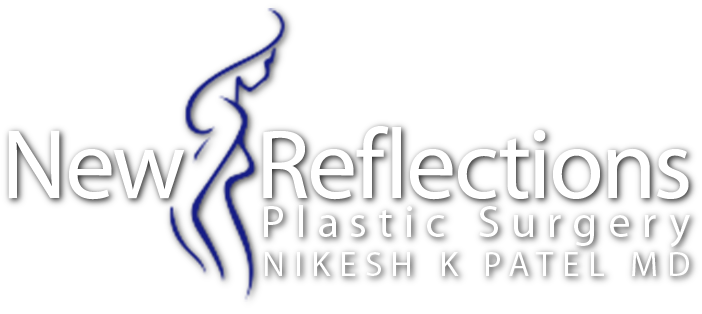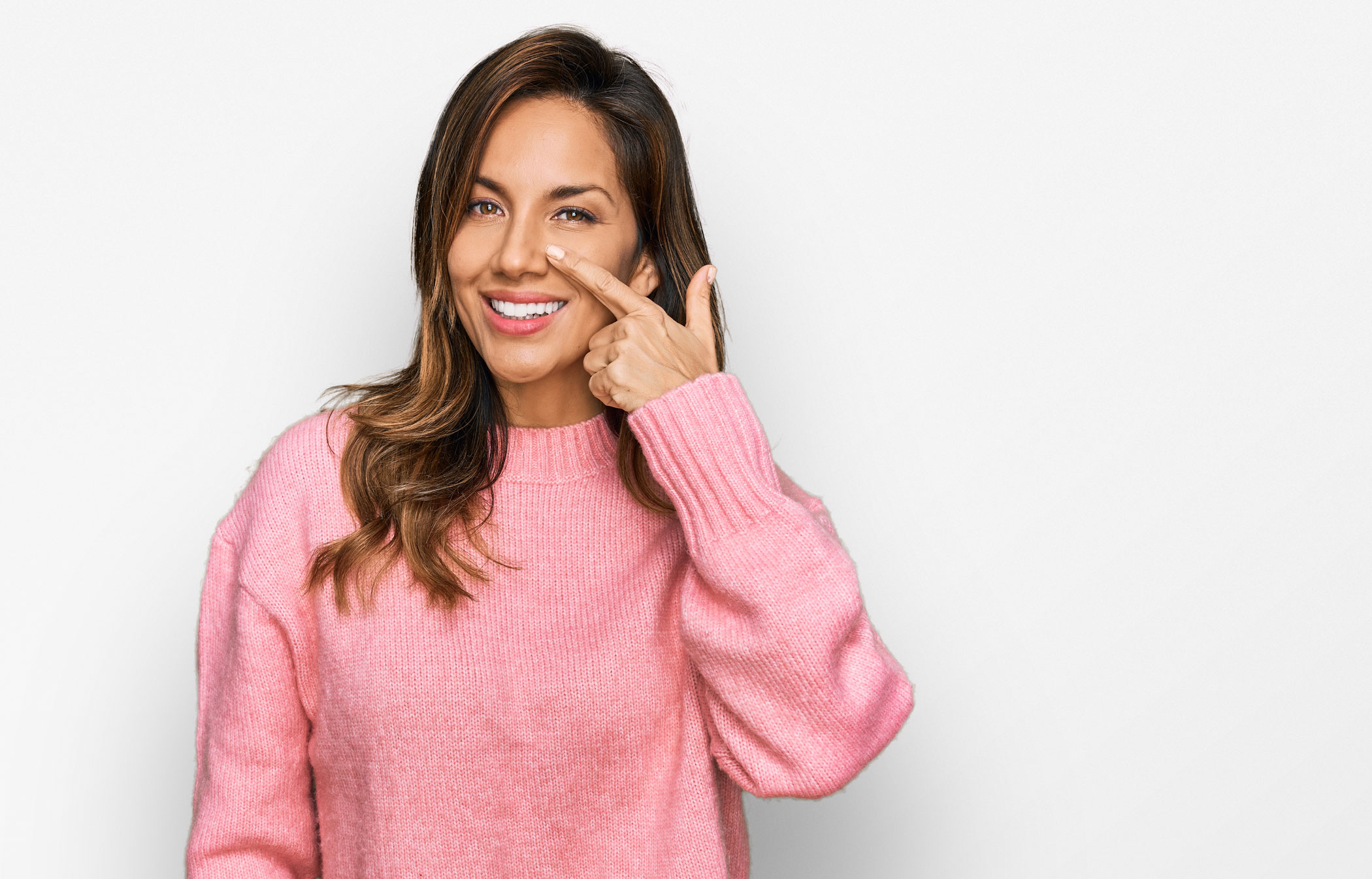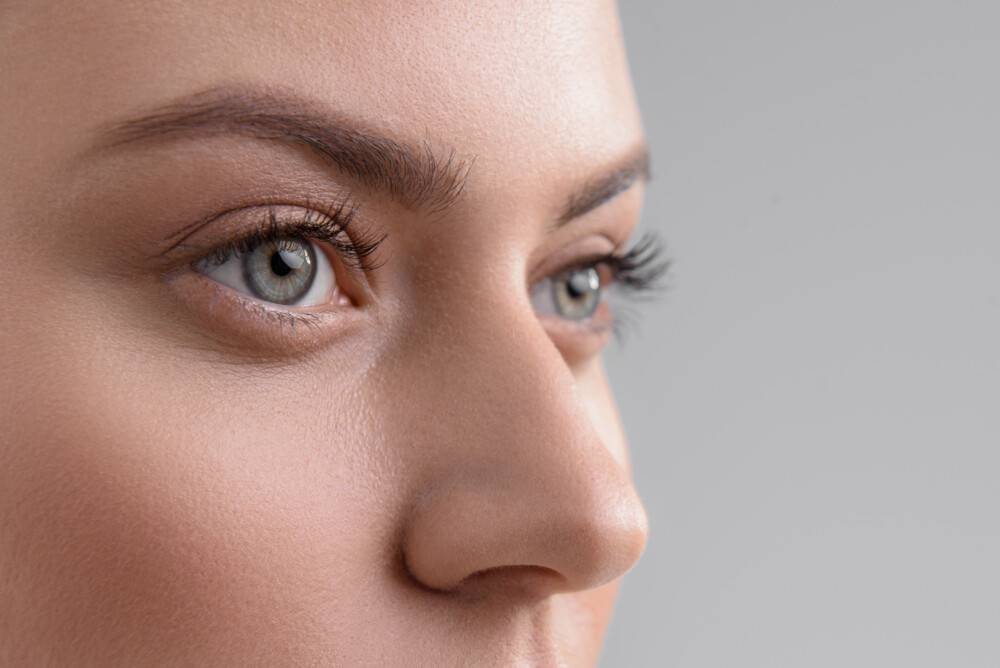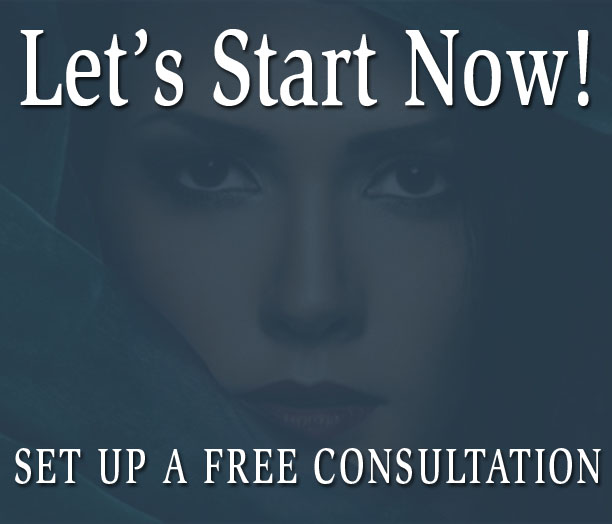While the shape of your nose is usually the result of heredity, the appearance may have been altered in an injury or during prior surgery.
Also known as rhinoplasty, surgery of the nose improves the appearance and proportion of your nose, enhancing facial harmony and self confidence.
Surgery of the nose may also correct impaired breathing caused by structural abnormalities in the nose.
Rhinoplasty can change:
• Nose size, in relation to the other facial structures
• Nose width, at the bridge
• Nose profile, with visible humps or depressions on the bridge
• Nasal tip, that is large or bulbous, drooping, or too upturned
• Nostrils that are large, wide or upturned
• Nasal asymmetry and deviation
If you are looking for some more quick information, you can also check out this blog.
What Is a Rhinoplasty?
A rhinoplasty is a surgical procedure that improves the size and shape of a patient’s nose. It is typically performed as an outpatient procedure that includes the use of general anesthesia and local sedation. It is colloquially known as a nose job, and it has been one of the most popular surgical cosmetic procedures performed for many years.
In fact, more than 350,000 rhinoplasties were performed throughout 2020. This makes it the most popular plastic surgery on the market, beating out others like breast augmentation, eyelid surgery, facelifts and even liposuction.
Why Do We Need Rhinoplasty?
Noses are an important central point on the face. As we go through our daily interactions, our nose is always on display to the people we are interacting with. Some people are not particularly happy with the way that their nose complements the rest of their facial appearance. When they have to go through each day with that unpreferred nasal structure, feelings of insecurity and self-consciousness can develop.
Unfortunately, outside of rhinoplasty, there are very few ways that the nasal structure can be altered. Those options that do exist cannot provide the same level of results that can be achieved with nose surgery. In short, we need rhinoplasty because good options are few and far between.
What Does Rhinoplasty Treat?
Rhinoplasty can treat several different parts of the nose to achieve a more balanced and harmonious appearance. It can address the:
- Overall size and amount of tissue
- Width of the nasal bridge
- Nasal humps or depressions on the bridge
- Projection and size of the nasal tip
- Asymmetry or deviation
- Overly large or wide nostrils
All of this correction is performed not only with your unique facial structure in mind but also according to your personal preferences and aesthetic goals.
Am I a Candidate for Rhinoplasty?
You should only ever have aesthetic surgery performed if you are doing it for yourself and not for the satisfaction of someone else. Most people are candidates for rhinoplasty procedure since it is a routine procedure that is highly practiced. Candidacy may change if you have underlying conditions that cause your surgery to be high risk. Our office will work with you to make sure you are only having work done safely.
The best candidates are those who do not smoke or consume excessive amounts of alcohol or unprescribed medications. They also have realistic expectations about what a rhinoplasty can achieve — if you come into the surgery thinking it will provide results outside of the treatment’s scope, you are setting yourself up to be disappointed in what would otherwise be considered a successful procedure.
How Should I Prepare for Rhinoplasty?
Before you undergo your rhinoplasty, there are a few preparatory steps you may need to take. You might be asked to go have lab work performed before your surgery to ensure that everything is as safe as possible on the day of your surgery. We also may ask you to adjust certain medications that can affect your safety or results poorly. Usually, this means anti-inflammatory medications and other substances that will cause excessive bleeding or other risk factors.
Dr. Patel may provide you with a list of preoperative instructions for the weeks leading up to your procedure. You should follow this as closely as possible to ensure that your surgery and recovery are as healthy and effective as possible. One step everyone needs to take is to quit smoking as quickly as possible before the surgery since nicotine can adversely affect your healing process in a noticeable manner.
If you are wondering when the best time to have your rhinoplasty would be, check out this blog we published.
Recovery Station
One thing we always recommend to our patients is to set up a recovery station prior to their surgical date. You will need plenty of rest after your procedure to allow your body to heal, so it is a good idea to stock the area you will be resting in with all the necessities. Make sure all the remotes, books, magazines, electronics, chargers, medications, snacks, drinks and anything else you might need are all within arm’s reach. Your recovery and results are a direct reflection of how well you set your body up for success.
What Should I Expect from a Rhinoplasty Procedure?
There are four main steps to a rhinoplasty: anesthesia, incision, reshaping and closure.
Anesthesia. Rhinoplasty is always performed over local sedation and general anesthesia to ensure that you are as comfortable and safe during the procedure as possible. We will let you know exactly what to expect when you walk into the office on the day of your surgery. This way there are no surprises on the day of.
Incision. In order to remove unwanted tissue and restructure the nose, your surgeon will need an access point. There are a couple of places where this can be done, depending on what kind of changes you are looking for. The first method is called a closed procedure, where incisions are hidden inside the nasal cavity. The other option is an open procedure, where the incision is made along the bit of tissue between the nostrils. Which option is used for you will depend on what kind of access is needed.
Reshaping. Once access to the underlying structure is granted, the surgeon can then begin the tedious work of reshaping your nasal structure to your preferred goals and aesthetics. In some cases, tissue is not removed but added. It usually comes from some other part of the body.
Closure. After all the changes have been made, the surgeon will then close your wounds with sutures and adhesives when necessary. You will be wrapped snugly in bandaging and then will be shortly taken out of the anesthesia to begin your recovery.
What Should I Expect During Rhinoplasty Recovery?
Your recovery will be the worst directly after the procedure after the local anesthetic wears off. You should expect bruising, discoloration, swelling, discomfort, mild pain and itchiness. All of these are common symptoms that will begin to fade. Usually, by two weeks, the majority of the symptoms have subsided. In four weeks, you can begin most of your previous routines. Heavy lifting and strenuous activities typically resume around six weeks, but you should always wait until you are cleared by your physician.
What Kind of Results Can I Expect from a Rhinoplasty?
The results that you achieve with rhinoplasty will be permanent. No new tissue will grow in the area and, as long as you do not suffer any trauma to the area, the shape of your nose should remain consistent. You can expect to see a noticeable improvement in the size and shape of your nose based on the type of improvements you wanted to be performed. This change will likely improve the contour of your overall facial appearance and, hopefully, help solve any feelings of insecurity that derived from your previous nasal structure.
Can I Combine My Rhinoplasty with Other Procedures?
By combining procedures, you not only save yourself money on facility and anesthesia costs, but you also save a ton of time by concentrating all of the recoveries into one. Dr. Patel will always recommend procedures that he thinks will help you achieve your aesthetic goals but makes sure to let you know that they are optional. You will never be pressured to do something that you are not comfortable with at New Reflections Plastic Surgery.
Here are some commonly combined facial procedures that are performed alongside rhinoplasties:
Eyelid lift. This procedure removes signs of aging around the eyes, particularly the appearance of droopy eyelids that make the eyes appear much more aged than the rest of the face.
Facelift. A facelift removes excess skin and tissue that has started to sag over time. This eliminates fine lines and wrinkles throughout the face and presents a more youthful appearance.
Neck lift. Aesthetic medicine is all about maintaining harmony, so we will often suggest a neck lift alongside any kind of cosmetic procedure to make sure that the neck doesn’t become an overly obvious sore spot near the rest of your facial appearance.
Lip augmentation. When people have taken the step to address the parts of their nasal appearance they don’t like, they often find it beneficial to also improve the appearance of their lips if larger, more voluminous tissue is what they desire.
While these are some of the most popular facial options, you should always let Dr. Patel know if there is something else that you are interested in addressing with aesthetic medicine. He will work with you to figure out what the easiest and most effective method of treatment will be for your goals.
How Much Does Rhinoplasty Cost?
According to the American Society of Plastic Surgeons, the average cost of a rhinoplasty is $5,483. While this is a good starting point, you should keep in mind that your exact cost will change on a variety of factors, including the type and amount of correction being performed, your geographical location, your aesthetic goals, and any combination procedures.
During your consultation at New Reflections Plastic Surgery, we will be able to provide you with an exact cost estimate during your consultation. This way, you will know exactly what kind of cost you will incur as you move forward in the decision-making process.
Ready for Your Rhinoplasty?
If you are interested in learning more about how a rhinoplasty at New Reflections Plastic Surgery can you achieve the look of your dreams, give our office a call at (732) 354-3792. You can alternatively fill out our online contact form to have a member of our team reach out to you at a more convenient time. We can’t wait to be the trusted partner you need throughout this entire process.
For more information, contact Nikesh Patel M.D directly with the “Let’s Start Now” form on the right!
